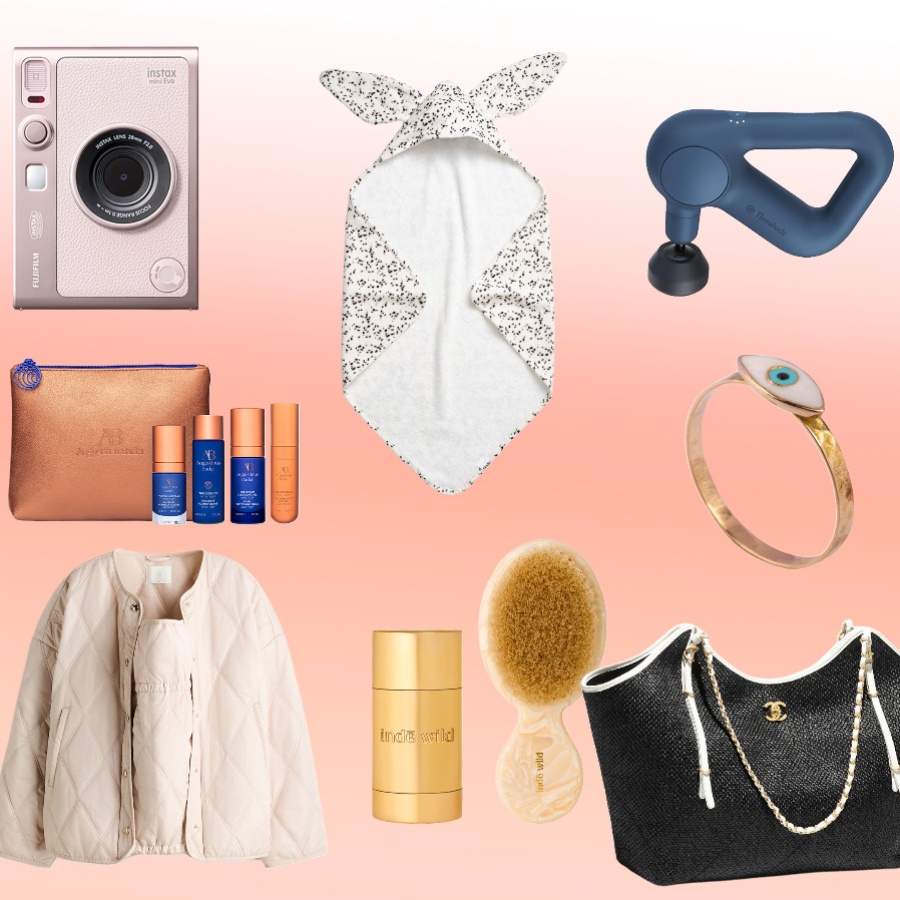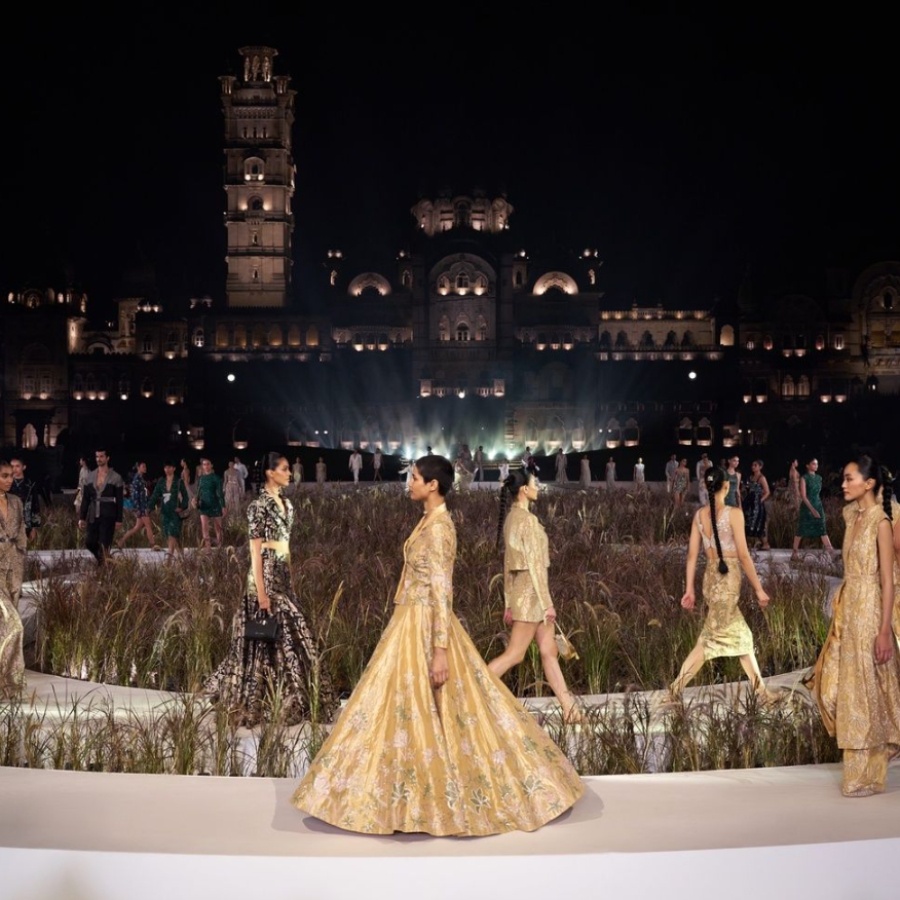Then, earlier this month, came the Met Gala in New York, where the designer dressed multiple guests for their red-carpet appearance. They included co-chairs Bad Bunny and Zendaya (who wore both custom Maison Martin Margiela and archival Givenchy by Galliano from 1996), Kim Kardashian in a jewelled metal skirt and waist-cinching corset, muse Gwendoline Christie, musician Ariana Grande, and India’s very own Natasha Poonawalla.
It’s not the first time Galliano has been the centre of so much adulation. Looks from his collections for Givenchy and then Dior, where he was the creative director from 1996 to 2011, live rent-free in the head of many a fashion nerd. Under his reign, we got the Dior Saddle bag, the J’adore fragrance, and the secret to the perfect bias-cut slip dress.
But it all came crashing down in 2011 when he was convicted by a French court for a series of anti-Semitic and racist rants. In the aftermath of his outburst, Galliano was fired from Dior, and went to rehab for drug and alcohol abuse. After just a few years under the radar, during which he received counselling from a rabbi, he was appointed the creative director of Maison Martin Margiela.
Now, 10 years later, rumours are flying about a concerted effort to un-cancel the designer, perhaps even hand him another role at LVMH, the company that owns brands like Louis Vuitton, Dior, and Givenchy. The Cut reported that until as recently as summer 2023, this year’s seminal Met fashion exhibition was intended to be dedicated to Galliano, whose work museum trustee Anna Wintour has consistently championed. Even though the exhibition was finally conceptualised around the natural world and the rebirth of precious ‘masterworks’, with all the red-carpet attention on his side, Galliano was still undeniably the star of the show.
Wintour’s potent patronage has gone a step further with the release of High & Low – John Galliano (2023), on streaming platform Mubi last month. Co-produced by Condé Nast, the documentary, about the designer’s rise and fall, doesn’t explicitly exonerate the designer, but it does explore some of the industry pressures that his defenders might blame for his extreme outbursts (he was working on more than 30 collections at the time). It also allows you to appreciate the obsession, vulnerability, and design genius that make Galliano who he is.
But watching the documentary also reveals that the fashion industry as a whole might not be as woke as it would like to appear. As Washington Post critic Robin Givhan mentions briefly, it is usually only white men with powerful allies who get second chances. In an interview with streaming platform Mubi, the film’s director Kevin Macdonald said that while he didn’t have any knowledge about fashion before, “I think the wider fashion industry, as opposed to the individual creator in fashion, seemed to me to be a remarkably un-self-reflexive, un-self-analytical kind of world.” With fears of anti-Semitism on the rise on the one hand and the clampdown on pro-Palestine student protests on the other, the movement to bring the designer back into the mainstream might again be ignoring the zeitgeist outside the bubble of fashion.
Ultimately, though, how you feel about his exoneration depends on a lot of things. Your views on cancel culture. Your definition of forgiveness. And whether you believe that art can be separated from artist.





